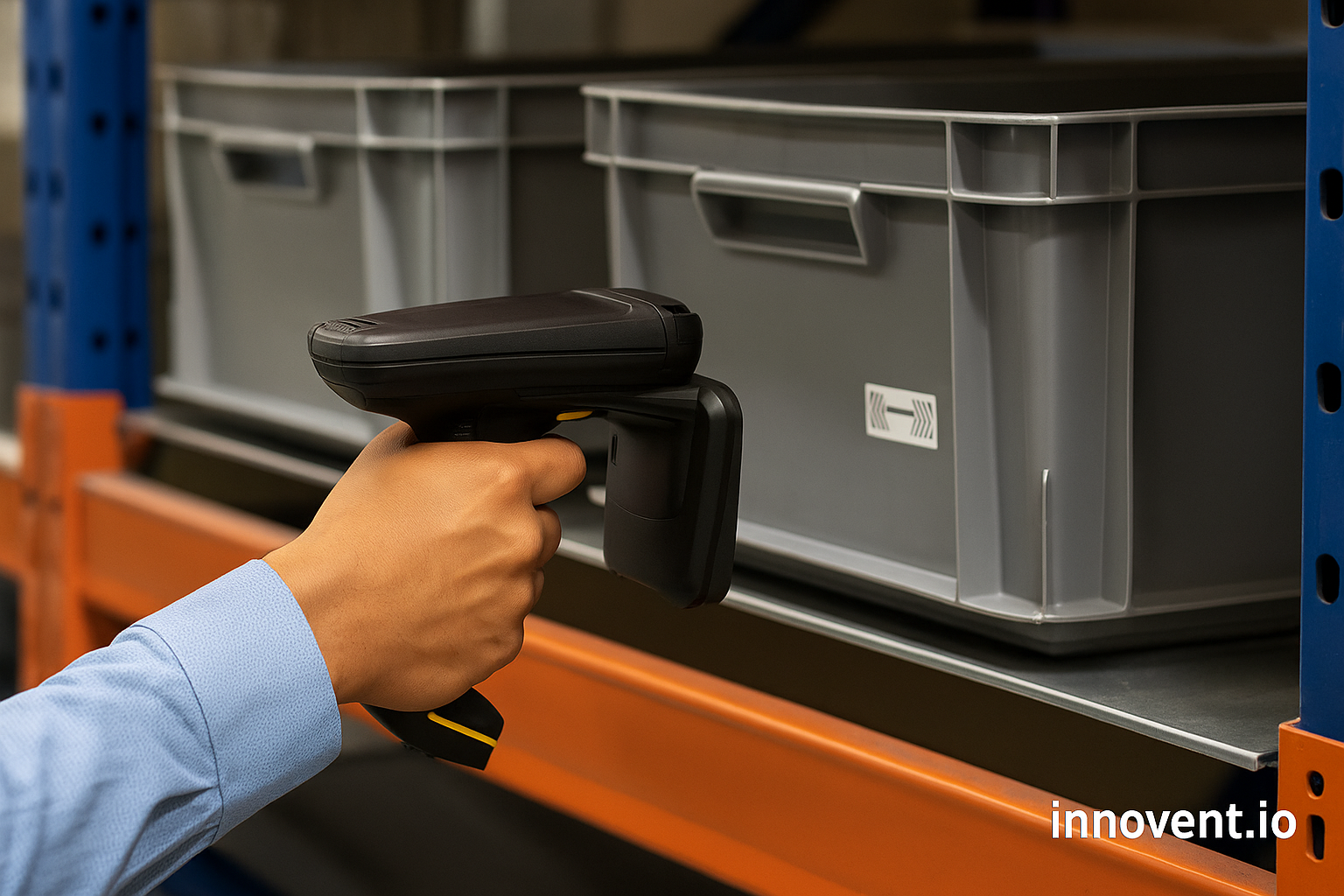The Rise of No-Code IoT Platforms
The Internet of Things (IoT) is transforming industries by enabling the interconnection of devices, systems, and services. Traditionally, developing and deploying IoT solutions required significant technical expertise and coding skills. However, the advent of no-code IoT platforms is democratizing access to IoT technology, allowing businesses of all sizes to harness its power without the need for extensive programming knowledge. This article explores the rise of no-code IoT platforms and their impact on innovation, efficiency, and accessibility.
Understanding No-Code IoT Platforms
No-code IoT platforms are development environments that allow users to create, deploy, and manage IoT applications without writing a single line of code. These platforms offer intuitive drag-and-drop interfaces, pre-built templates, and visual tools that simplify the process of building IoT solutions. By abstracting the complexities of coding and infrastructure management, no-code IoT platforms empower non-technical users to participate in IoT development.
Key Features of No-Code IoT Platforms
1. Visual Development InterfaceNo-code IoT platforms provide a visual development interface where users can design IoT applications by dragging and dropping components. This interface typically includes pre-built widgets, connectors, and modules that represent various IoT functions such as data collection, processing, visualization, and automation.
2. Pre-Built Templates and ModulesTo accelerate development, no-code IoT platforms offer a library of pre-built templates and modules. These templates cover common use cases such as asset tracking, remote monitoring, predictive maintenance, and smart home automation. Users can customize these templates to meet their specific requirements, significantly reducing development time.
3. Device and Protocol IntegrationNo-code IoT platforms support a wide range of IoT devices and communication protocols. This compatibility ensures that users can easily connect and manage various sensors, actuators, gateways, and other IoT components. The platform handles the complexities of device integration, allowing users to focus on building their applications.
4. Real-Time Data AnalyticsData analytics is a critical component of IoT solutions. No-code IoT platforms offer built-in analytics tools that enable users to visualize, analyze, and interpret data in real time. These tools include dashboards, charts, and reporting features that provide actionable insights into IoT data, helping businesses make informed decisions.
5. Workflow AutomationAutomation is a key benefit of IoT technology. No-code IoT platforms allow users to create automated workflows that trigger actions based on predefined conditions. For example, users can set up alerts for abnormal temperature readings or automate the activation of devices in response to specific events. These automation capabilities enhance efficiency and reduce manual intervention.
Benefits of No-Code IoT Platforms
1. Accessibility and EmpowermentNo-code IoT platforms make IoT technology accessible to a broader audience, including non-technical users such as business analysts, operations managers, and domain experts. By removing the barrier of coding, these platforms empower users to create and deploy IoT solutions independently, fostering innovation and creativity across the organization.
2. Faster Time-to-MarketTraditional IoT development can be time-consuming, often requiring months of coding, testing, and integration. No-code IoT platforms significantly reduce development time by providing pre-built components and templates. This accelerated development cycle enables businesses to bring IoT solutions to market faster, gaining a competitive edge.
3. Cost EfficiencyDeveloping IoT solutions traditionally involves significant investment in skilled developers, infrastructure, and ongoing maintenance. No-code IoT platforms reduce these costs by enabling users to build and manage applications without extensive coding expertise. Additionally, the visual development interface minimizes the need for specialized training, further lowering costs.
4. Flexibility and ScalabilityNo-code IoT platforms offer flexibility and scalability to meet evolving business needs. Users can easily modify and expand their applications as requirements change, without the need for extensive re-coding. This adaptability ensures that IoT solutions can grow with the business, supporting long-term success.
5. Enhanced CollaborationThe visual and intuitive nature of no-code IoT platforms promotes collaboration between technical and non-technical teams. Business users can work alongside IT professionals to design and deploy IoT solutions that align with business objectives. This collaborative approach ensures that IoT initiatives are well-integrated and deliver maximum value.
Real-World Applications of No-Code IoT Platforms
1. Smart BuildingsNo-code IoT platforms are transforming the management of smart buildings by enabling the integration of various systems such as lighting, HVAC, security, and energy management. Building managers can create custom dashboards to monitor and control these systems, optimizing energy usage, enhancing security, and improving occupant comfort.
2. Industrial IoTIn industrial settings, no-code IoT platforms facilitate the deployment of predictive maintenance, asset tracking, and remote monitoring solutions. Manufacturers can monitor equipment health in real time, predict failures, and schedule maintenance proactively, reducing downtime and improving operational efficiency.
3. HealthcareHealthcare providers are leveraging no-code IoT platforms to implement remote patient monitoring, telemedicine, and smart healthcare solutions. By integrating wearable devices and medical sensors, healthcare professionals can monitor patient vitals, detect anomalies, and provide timely interventions, improving patient outcomes and reducing hospital visits.
4. AgricultureNo-code IoT platforms are revolutionizing agriculture by enabling precision farming, livestock monitoring, and environmental sensing. Farmers can monitor soil moisture, temperature, and crop health in real time, optimizing irrigation, fertilization, and pest control. These data-driven insights enhance yield, reduce resource consumption, and promote sustainable farming practices.
Challenges and Considerations
While no-code IoT platforms offer numerous benefits, there are some challenges and considerations to keep in mind.
1. Customization LimitationsNo-code platforms may have limitations in terms of customization and advanced functionalities. Businesses with highly specific or complex requirements may still need to involve developers for custom coding and integration.
2. Data Security and PrivacyThe widespread use of IoT devices and platforms raises concerns about data security and privacy. Organizations must implement robust security measures to protect sensitive data, ensure compliance with regulations, and mitigate potential risks.
3. Integration with Legacy SystemsIntegrating no-code IoT solutions with existing legacy systems can be challenging. Businesses need to ensure seamless interoperability and data exchange between new and old systems to maximize the benefits of IoT.
Future Trends in No-Code IoT Platforms
1. AI and Machine Learning IntegrationThe integration of AI and machine learning capabilities into no-code IoT platforms will further enhance their power and versatility. These advanced technologies will enable predictive analytics, anomaly detection, and intelligent automation, driving even greater value from IoT data.
2. Edge ComputingEdge computing is set to play a significant role in the evolution of no-code IoT platforms. By processing data closer to the source, edge computing reduces latency, enhances real-time decision-making, and improves the efficiency of IoT applications, particularly in scenarios where immediate responses are critical.
3. Industry-Specific SolutionsAs no-code IoT platforms mature, we can expect to see more industry-specific solutions tailored to the unique needs of sectors such as healthcare, manufacturing, retail, and logistics. These specialized platforms will offer pre-configured templates, workflows, and analytics tailored to industry requirements, further simplifying deployment and maximizing impact.
Conclusion
The rise of no-code IoT platforms is democratizing access to IoT technology, enabling businesses of all sizes to harness its power without the need for extensive technical expertise. By providing intuitive development tools, pre-built templates, and real-time analytics, these platforms accelerate development, reduce costs, and enhance collaboration. As technology continues to evolve, no-code IoT platforms will play a pivotal role in driving innovation, efficiency, and growth across various industries. Embracing this transformative technology is essential for organizations aiming to stay competitive and thrive in the digital age.









